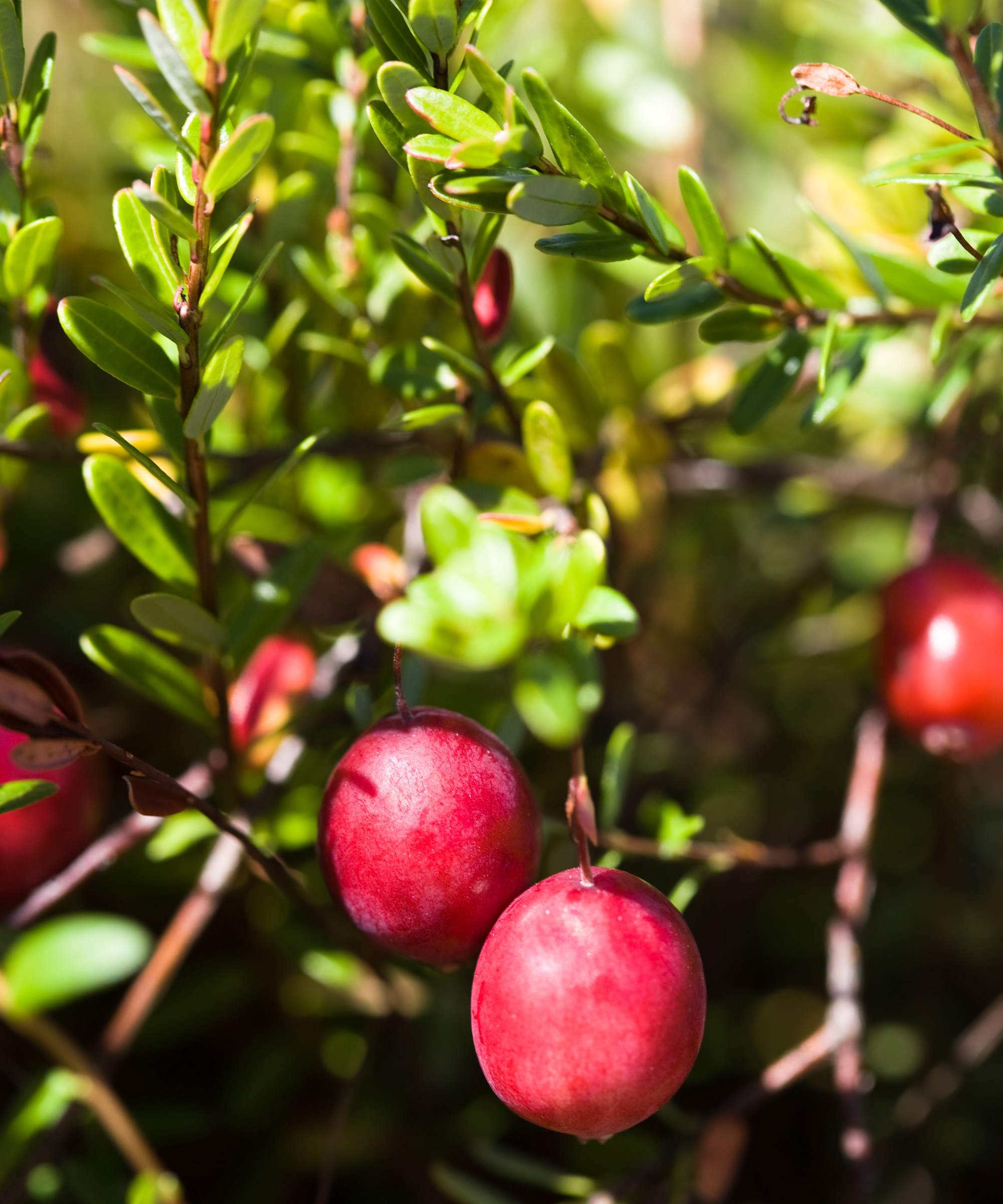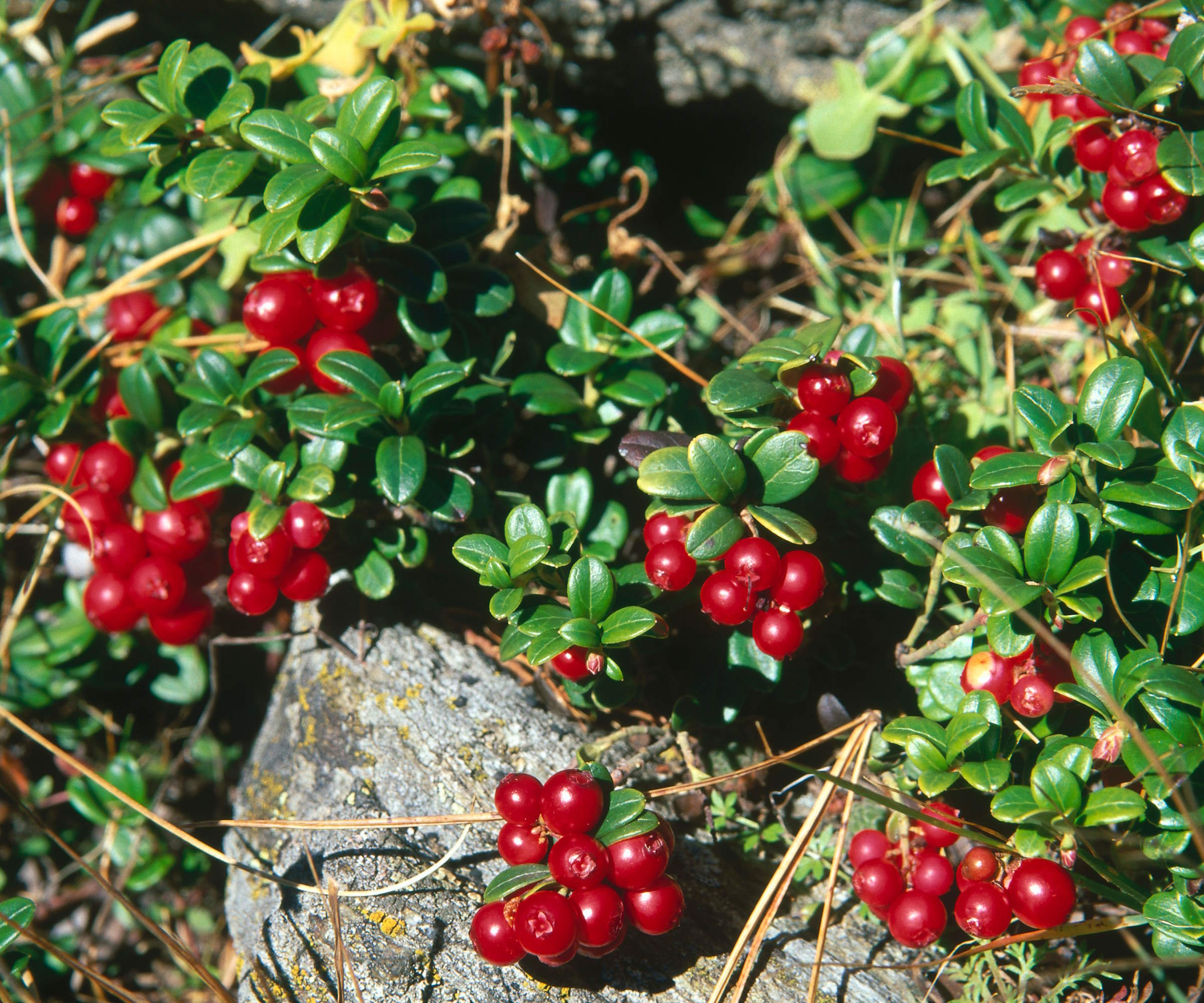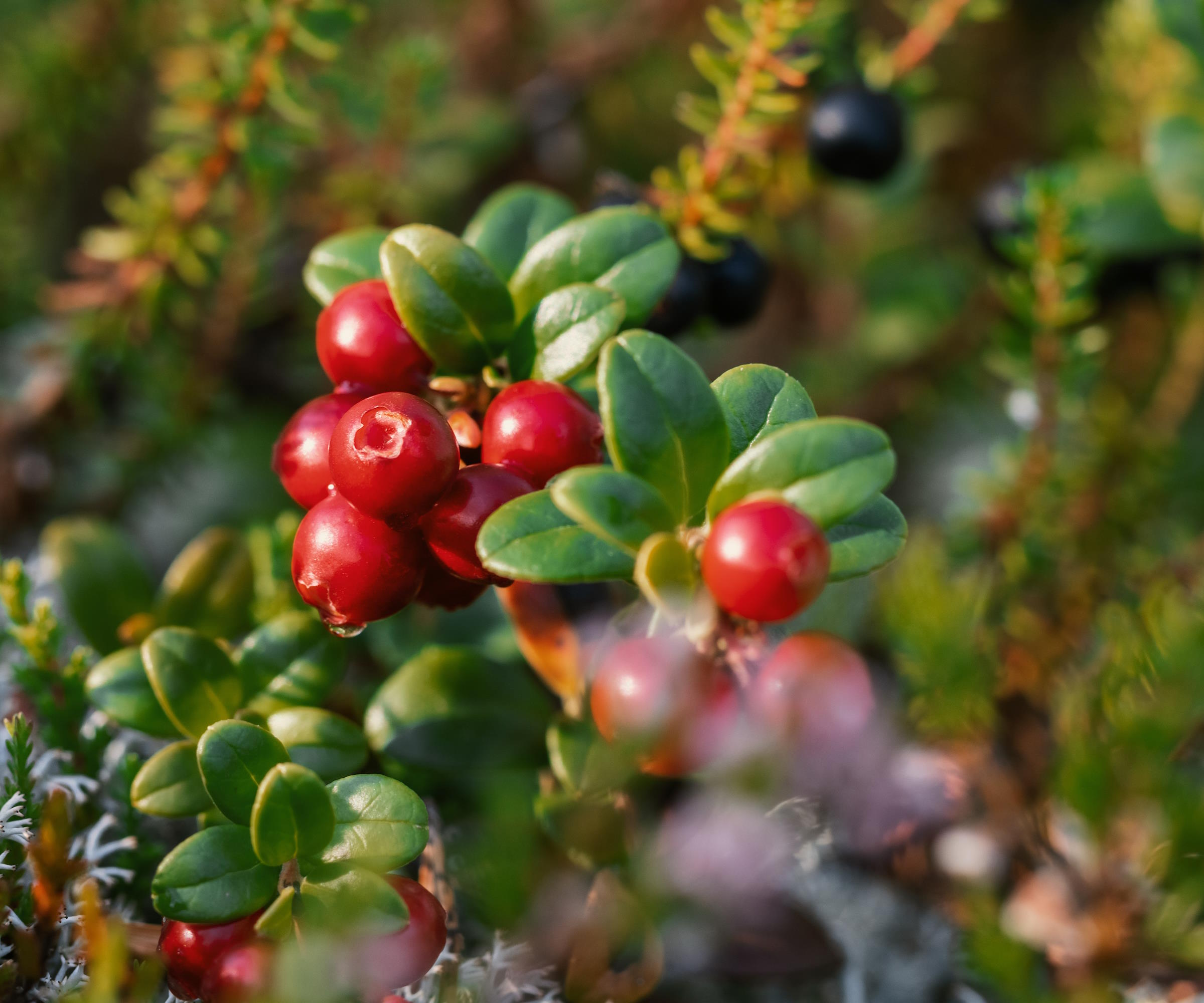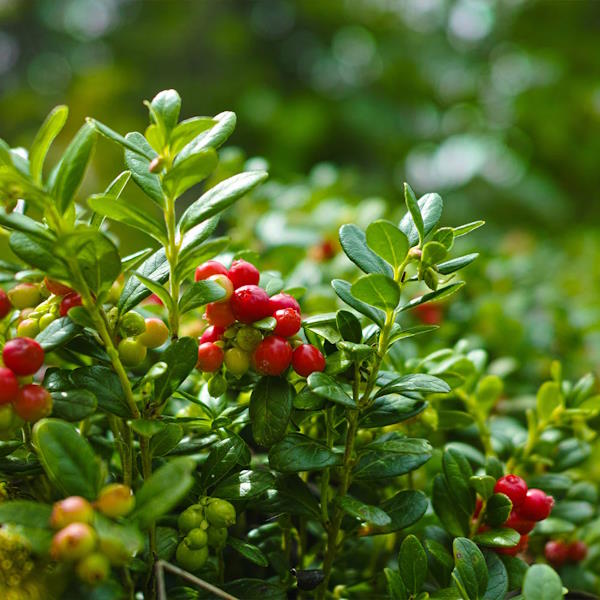When, where, and how to plant cranberries to suit their unique preferences
Have happy, healthy, and productive cranberry bushes with these tips from plant experts


Cranberries are small evergreen shrubs that can produce a bumper harvest of berries packed full of nutrients and antioxidants. There are some unique challenges to growing cranberries that need to be understood, starting with planting them in conditions which suit them.
While cranberries can tolerate most soils, they love moisture and a low soil pH. Their specific preferences often result in gardeners growing cranberries in raised beds or pots, rather than planting cranberries in the ground.
Growing the crop can be very rewarding and worth the challenge it poses. If you find yourself wondering how to plant cranberries, we take an in-depth look at how to add cranberries to your backyard ideas.

Cranberries want to be planted in moist and acidic soil
Where to buy your cranberry plants
Cranberries can be purchased either as bare root or container-grown plants. Those in pots are available throughout the year from garden centers or online, while bare root cranberries are only available during their dormancy period. If you want to propagate your own cranberry bushes, they are usually done from plant cuttings in spring or early summer.

Cranberries can be grown in the ground or in containers
When to plant cranberries
Cranberries are ideally planted when they are dormant, and your US hardiness zone may determine the best time for you to add them to your backyard.
The best time to plant cranberries is in spring. If you have mild winters then planting in fall is possible. In cold climates, planting in spring once the risk of frosts is over for your region is best recommended. At this point the ground should be workable, warm, and moist enough to encourage a healthy growth of roots when the plant comes out of dormancy.
Plants bought in containers can be planted throughout the year, however it is best to get them in the ground before temperatures rise. This is so the newly-planted cranberries can put out a good root network before summer when temperatures rise.
Design expertise in your inbox – from inspiring decorating ideas and beautiful celebrity homes to practical gardening advice and shopping round-ups.
Planting in the heat of summer is inadvisable. While it is possible, you will need to spend a lot of time watering plants to help them get established - due to their shallow root system that can quickly dry out near the soil surface.

Spring is the ideal time to plant cranberries
Where to plant cranberries
Getting the right spot for planting cranberries is going to be crucial to having success with the plants. They are not suitable for all soil types and it will be beneficial to do a soil test prior to planting to make sure your chosen spot will work for cranberries.
‘Cranberries can be moderately challenging to grow due to their specific requirements for soil acidity and water,’ says Katie Brines from Stark Bro's nursery in Missouri. ‘However, with proper care and suitable conditions, they can thrive in the right environment.’
She adds: ‘Cranberries thrive in moist, acidic soils, preferably with a pH of 4.0 to 5.5.’
If you are making a checklist, cranberries want an acidic soil and one that holds water, but also drains well. Established cranberry farms tend to grow them in bog-like conditions and regularly flood the beds.
Due to their specific needs, Alex Testel from Frugal Frontier recommends that ‘containers or constructed beds are ideal’ for growing cranberries in backyards.
Growing them in container gardens or raised beds allows you to manufacture the right environment for them. When it comes to the compost, you can use ericaceous compost, such as this Potting Soil Blend for Acid Loving Plants available at Amazon, or make soil more acidic to suit the plants.

Katie Brines is a gardener and grower, as well as being part of the small marketing team at Stark Bro's. The nursery has provided quality fruit trees, nut trees, berry plants, and garden plants across America for over 200 years.

Alex Testel is an avid gardener and horticulture expert. At Frugal Frontier, his approach to gardening is anchored in eco-conscious and efficient methods. His passion for fruit gardening, including cranberries, is backed by practical experience and a commitment to sustainable practices.

Raised beds or containers allow you to create the ideal conditions for planting cranberries
How to plant cranberries
Once you have got the right location planned for your cranberries, the next stage is planting into the garden, raised bed, or container. It is advisable to amend the soil by adding some organic matter, such as compost or well-rotted manure, prior to planting. This improves the structure, boosts the water retention of the soil, as well as providing additional nutrients.
Cranberries should be planted at least three feet apart, due to their spreading growth habit. Dig a large hole that is twice as wide as the root ball. Plant the cranberry so that the crown sits level with the soil. Container-grown plants should sit at the same depth they were in the nursery pot.
Fill the hole and firm in the soil around the roots to remove any air pockets. Then give the plants a deep watering and regularly check to ensure the soil remains moist, but not waterlogged. Do not let the soil dry out as the plant tries to establish itself in the ground.
‘Cranberries have a shallow root system that only grows in the top six inches or so,’ says Katie Brines. ‘Cranberries need consistently moist soil, especially during the growing season.’
Cranberries growing in raised beds and containers will dry out quicker than those in the ground. Keep a close eye to prevent them drying out. When watering plants in containers, you can use DIY garden watering systems to help keep the soil consistently moist, while you could also consider using a self-watering planter. A self-watering pot designed for outdoor use, such as the Sierra Round Self Watering Planter at Amazon, can help to take some of the stress out of watering your plants.
FAQs
Do you need two cranberry plants?
Cranberries are self-fertile, so you can get a crop of berries with only one plant. However, if you have the space to grow more than one it will help you get a much better harvest of cranberries.
Many soft fruit bushes are also suitable for growing in pots, making them ideal for providing a crop in small gardens. Like cranberries, growing blueberries in pots helps to create the acidic soil conditions that they thrive in to produce a great crop.

Drew has worked as a writer since 2008 and was also a professional gardener for many years. As a trained horticulturist, he worked in prestigious historic gardens, including Hanbury Hall and the world-famous Hidcote Manor Garden. He also spent time as a specialist kitchen gardener at Soho Farmhouse and Netherby Hall, where he grew vegetables, fruit, herbs, and cut flowers for restaurants. Drew has written for numerous print and online publications and is an allotment holder and garden blogger. He is shortlisted for the Digital Gardening Writer of the Year at the 2025 Garden Media Guild Awards.
